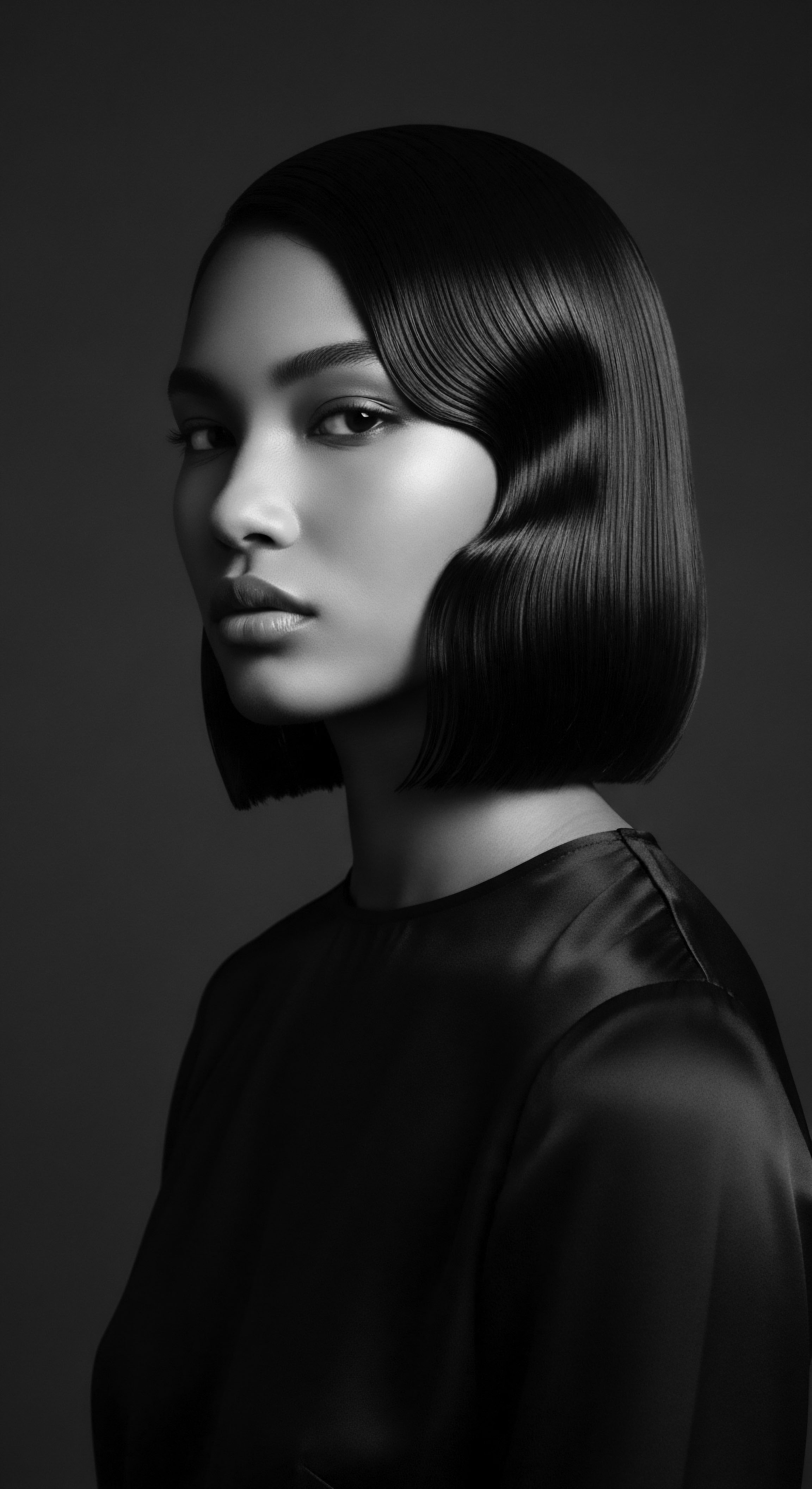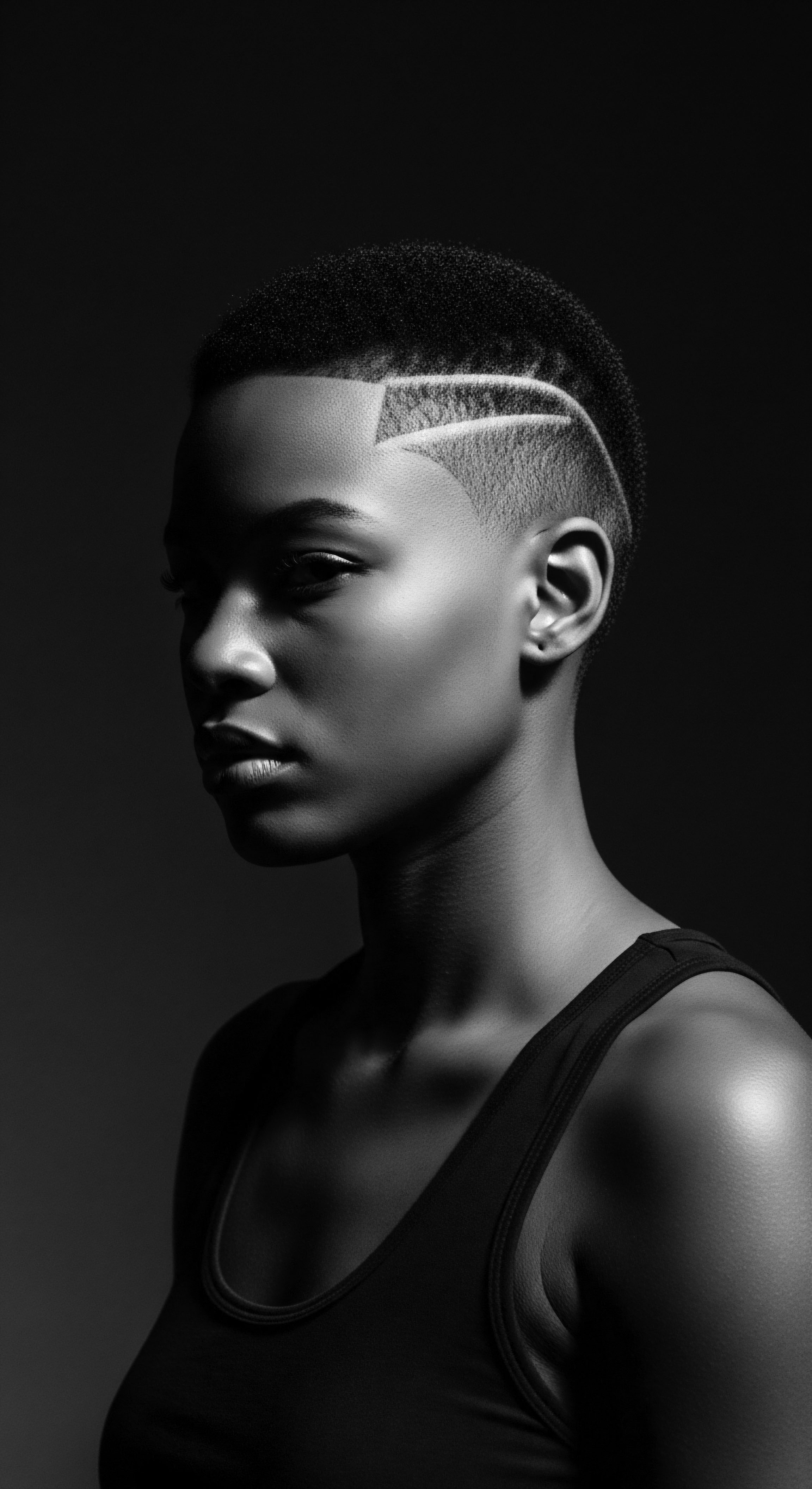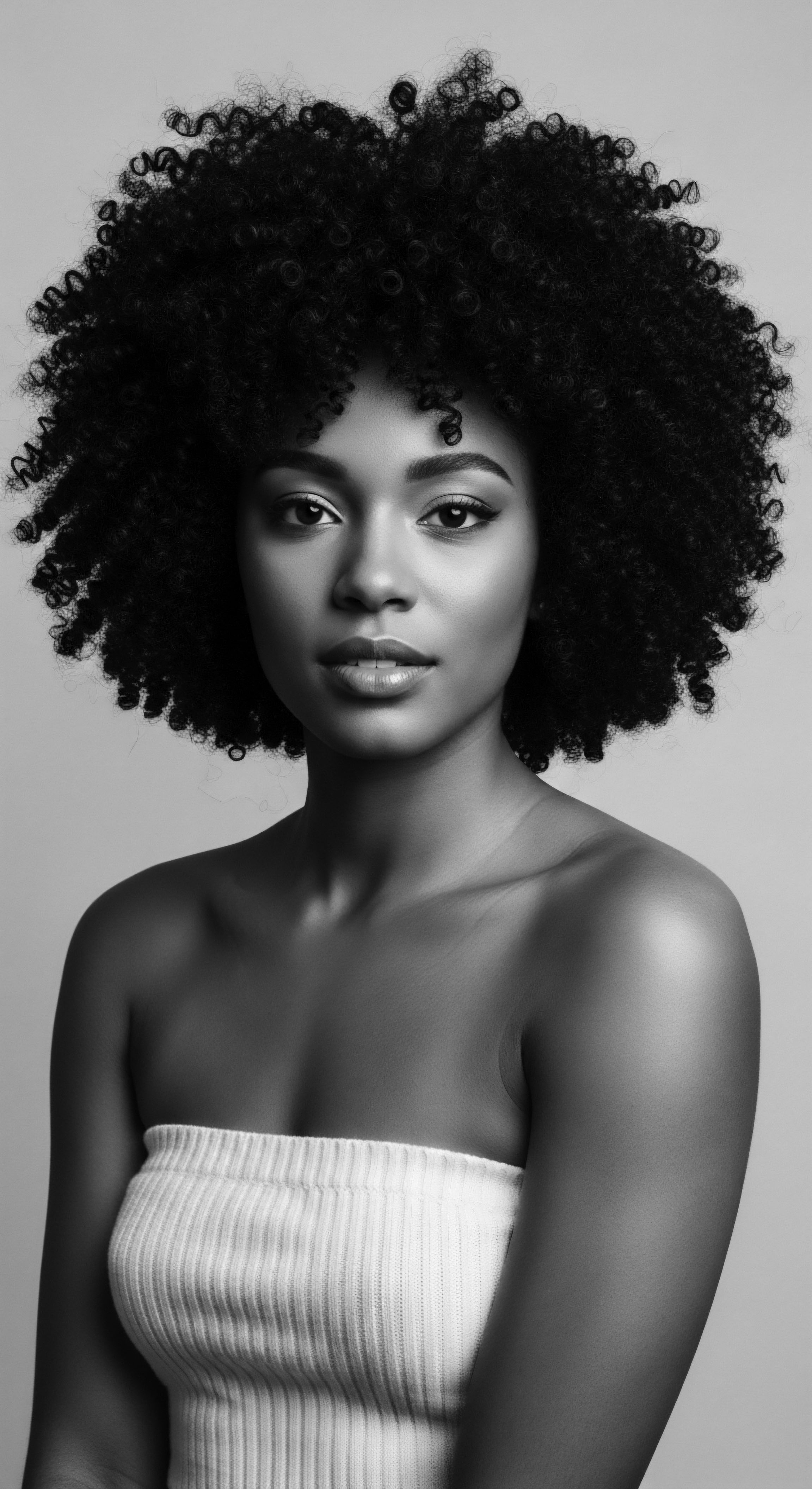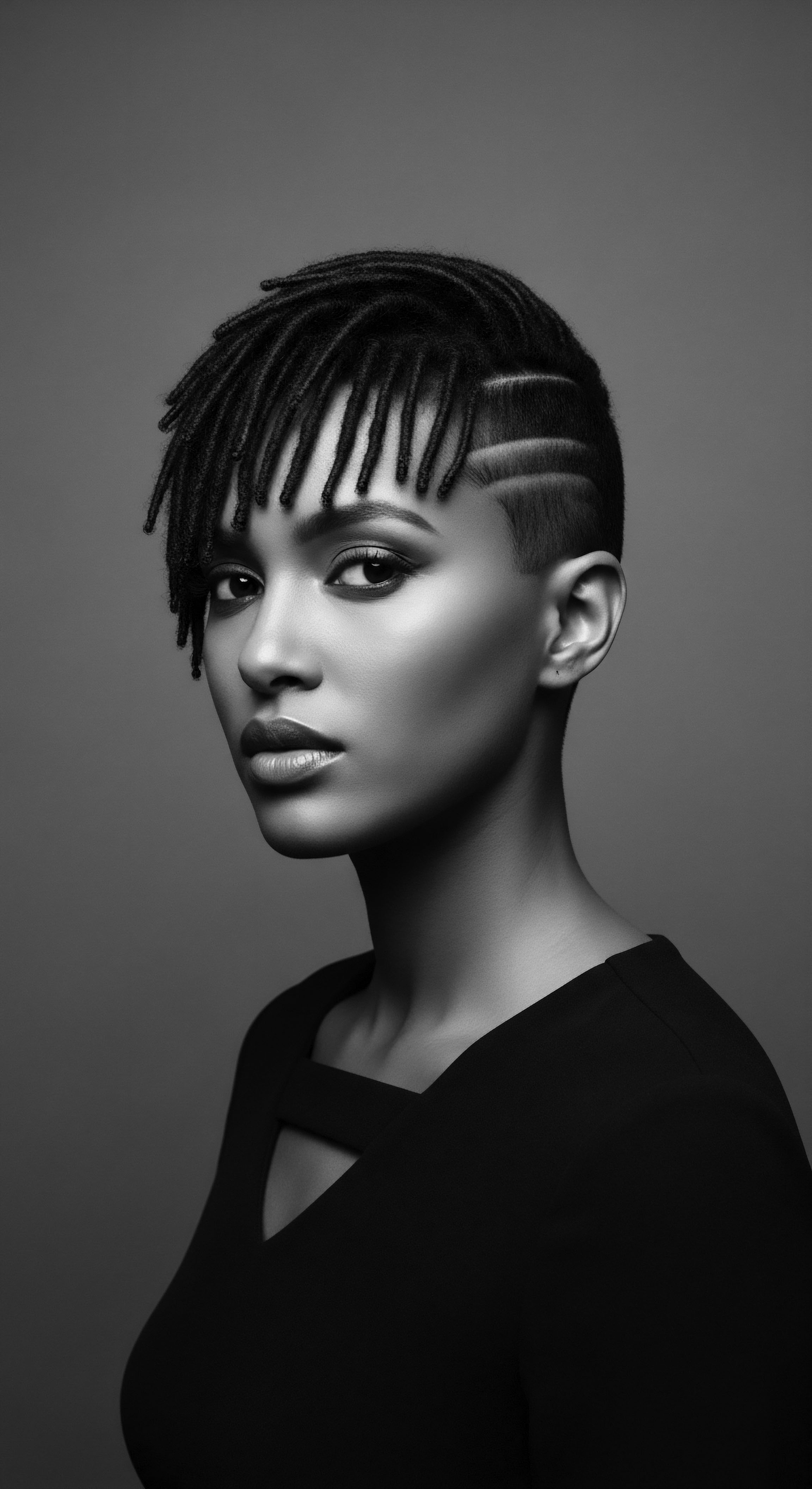
What historical textiles inspired bonnet materials for textured hair?
Historical textiles for bonnets, rooted in textured hair heritage, span from practical cotton and linen to luxurious silk, each serving to protect and signify identity.

What is the ancestral heritage of head coverings for textured hair?
Ancestral head coverings for textured hair symbolize protection, status, spirituality, and resistance, connecting wearers to a rich cultural lineage.

What historical head coverings inspired modern bonnets?
Modern bonnets draw lineage from ancient African head wraps and enslaved protective coverings, representing deep textured hair heritage.

Why did ancient communities use head coverings?
Ancient communities used head coverings for physical protection, social identity, spiritual reverence, and as a powerful act of cultural resilience.

What is the cultural background of hair bonnets and headwraps?
Hair bonnets and headwraps carry a profound cultural heritage for textured hair, rooted in ancient African practices of protection and identity, evolving through diaspora as emblems of resilience and self-care.

Ancient Head Coverings
Meaning ❉ Ancient Head Coverings embody ancestral wisdom and cultural expression, safeguarding textured hair while symbolizing identity and spiritual connection across generations.

How does head wrapping protect textured hair historically?
Head wrapping historically safeguarded textured hair from environmental damage and friction, preserving ancestral hairstyles and cultural identity.

Did headwraps offer textured hair sun defense historically?
Headwraps historically provided essential sun defense for textured hair, a practice deeply rooted in ancestral wisdom and cultural heritage.

What historical textiles shielded textured hair at night?
Historical textiles like fine cottons, linens, and silks shielded textured hair, preserving its integrity and embodying ancestral care practices.

How did historical headwraps safeguard textured hair?
Historical headwraps, using materials like silk, protected textured hair from environmental damage, friction, and moisture loss, preserving its ancestral vitality.

What historical fabrics offered textured hair benefits?
Historical fabrics such as silk, fine cotton, and linen provided friction reduction and environmental protection for textured hair, deeply rooted in ancestral care practices.

Why did textured hair require protective coverings in ancient times?
Textured hair required ancient coverings for biological protection, environmental defense, and to preserve deep cultural heritage and identity.

How did historical coverings aid textured hair resilience?
Historical coverings preserved textured hair moisture, protected against environmental elements, and served as powerful symbols of cultural identity and resilience.

What traditional head coverings shield textured hair?
Traditional head coverings shield textured hair by protecting it from environmental stressors, retaining moisture, and serving as powerful cultural symbols of heritage.

What materials did historical wraps use to hydrate textured hair?
Historical wraps used natural oils and butters, often with cloth, to hydrate textured hair, honoring ancestral wisdom and heritage.

How did headwraps evolve in Black hair heritage?
Headwraps evolved as a heritage cornerstone for textured hair, shifting from ancient African symbols to diaspora resistance and modern wellness tools.

What historical role do headwraps play in textured hair care?
Headwraps historically protected textured hair, signified status, and served as powerful symbols of cultural identity and resilience within Black communities.

What traditional materials were used for textured hair coverings?
Traditional textured hair coverings primarily used natural fibers like cotton, raffia, bark cloth, and animal skins.

Traditional Head Coverings
Meaning ❉ Traditional Head Coverings are chosen textiles or forms draped on the head, reflecting deep cultural identity, protective hair care, and historical resilience.

What is the historical connection between head coverings and textured hair heritage?
Head coverings for textured hair connect ancestral protection and spiritual reverence with modern identity and resistance, a profound heritage.

What symbolic meanings did headwraps hold across African diaspora heritage?
Headwraps hold deep symbolic meanings of identity, status, spiritual connection, and resistance within African diaspora heritage.

